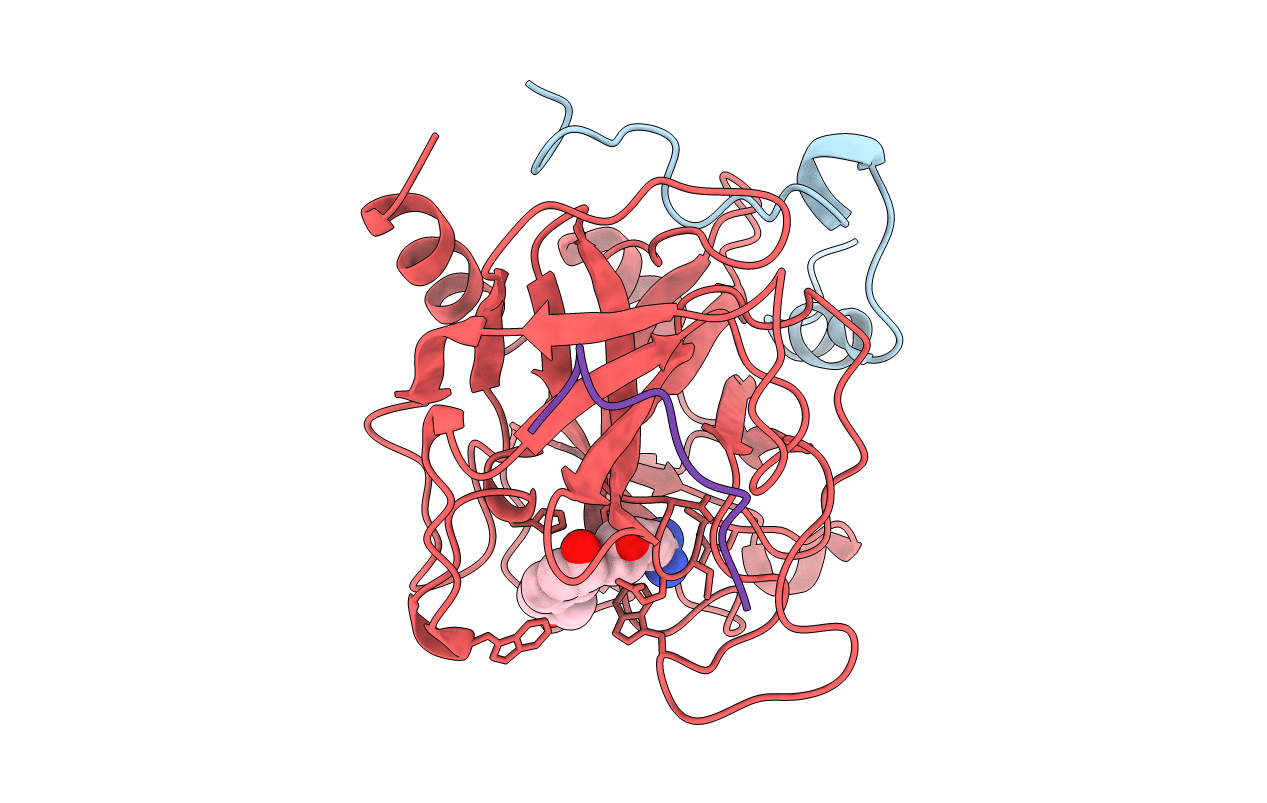
Deposition Date
1999-06-21
Release Date
2000-06-22
Last Version Date
2024-11-13
Entry Detail
PDB ID:
1QJ1
Keywords:
Title:
Novel Covalent Active Site Thrombin Inhibitors
Biological Source:
Source Organism:
HIRUDO MEDICINALIS (Taxon ID: 6421)
HOMO SAPIENS (Taxon ID: 9606)
HOMO SAPIENS (Taxon ID: 9606)
Method Details:
Experimental Method:
Resolution:
2.00 Å
R-Value Work:
0.18
R-Value Observed:
0.18
Space Group:
C 1 2 1


